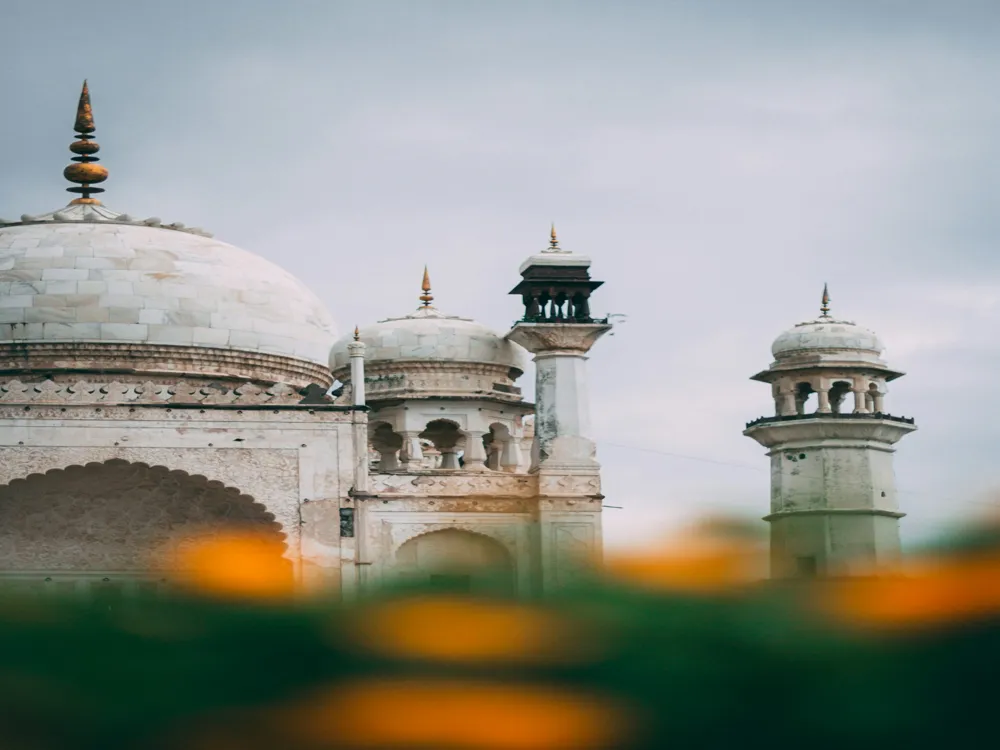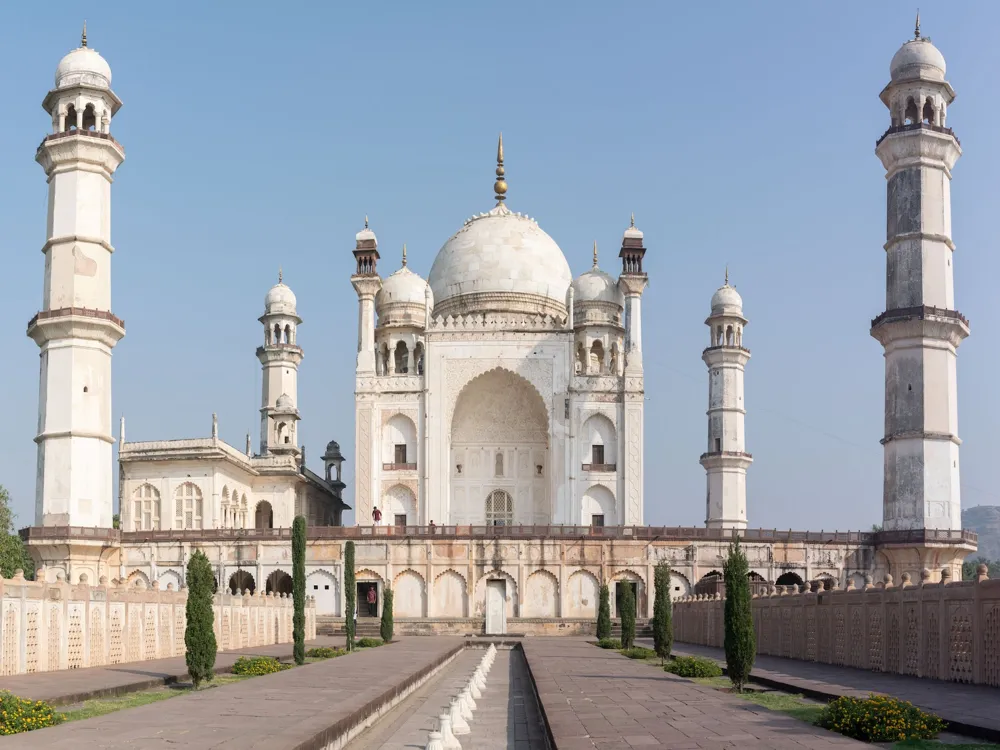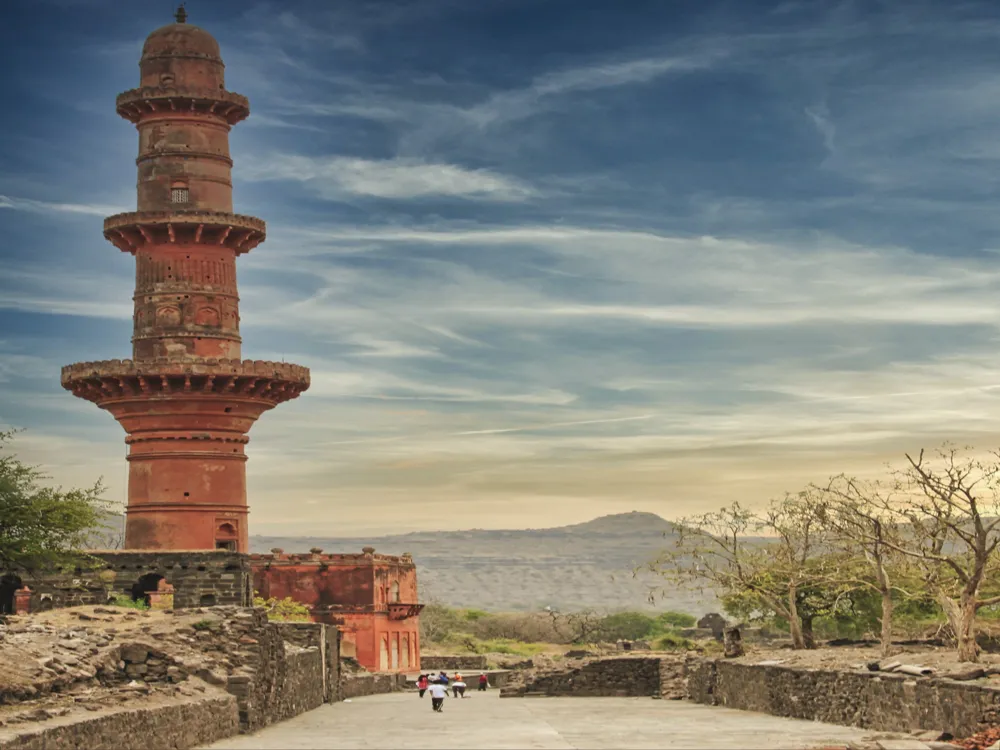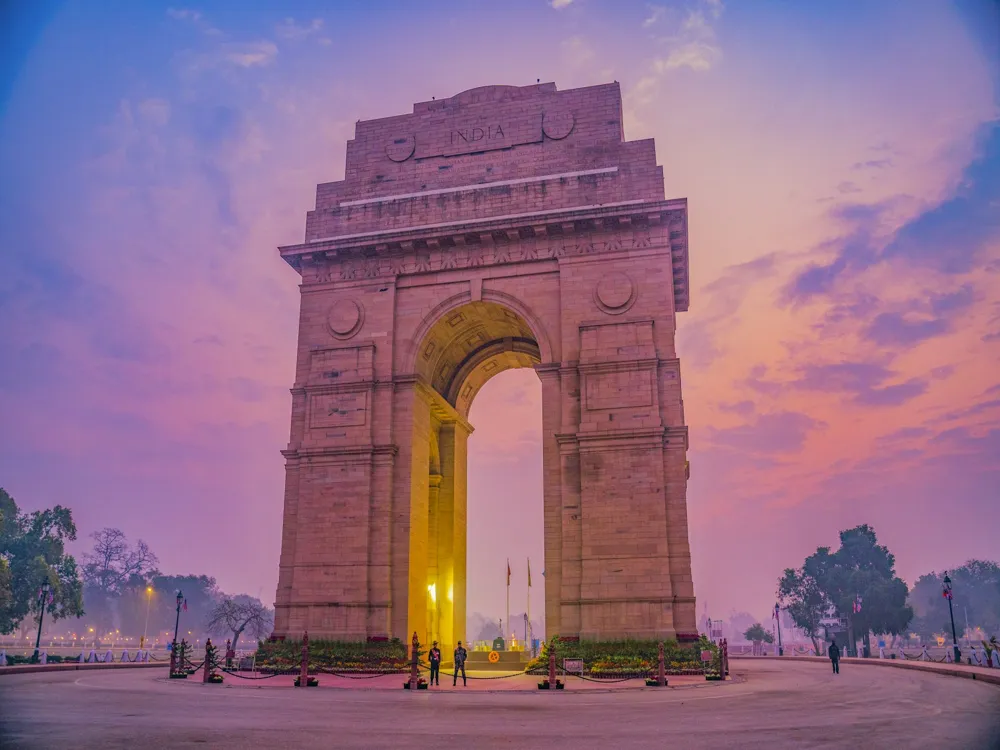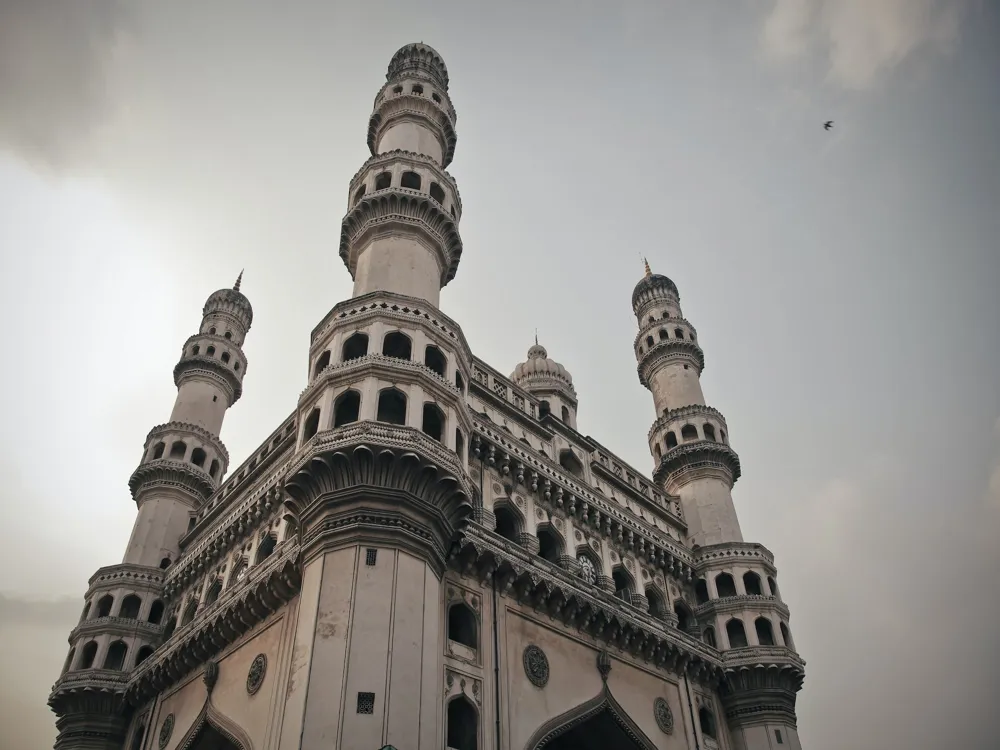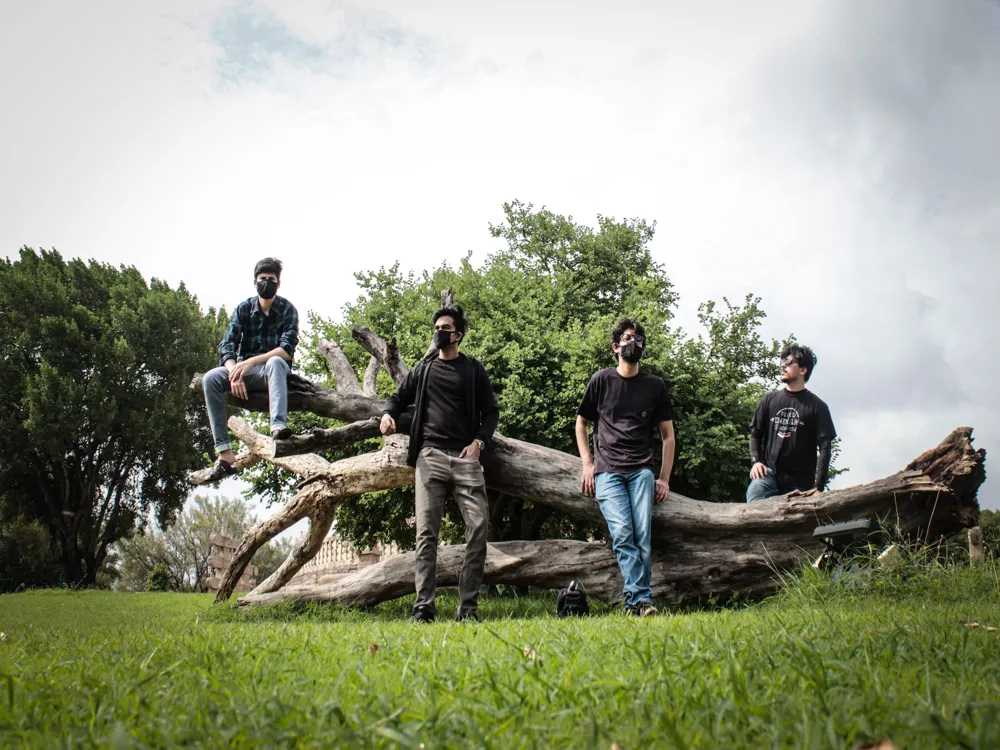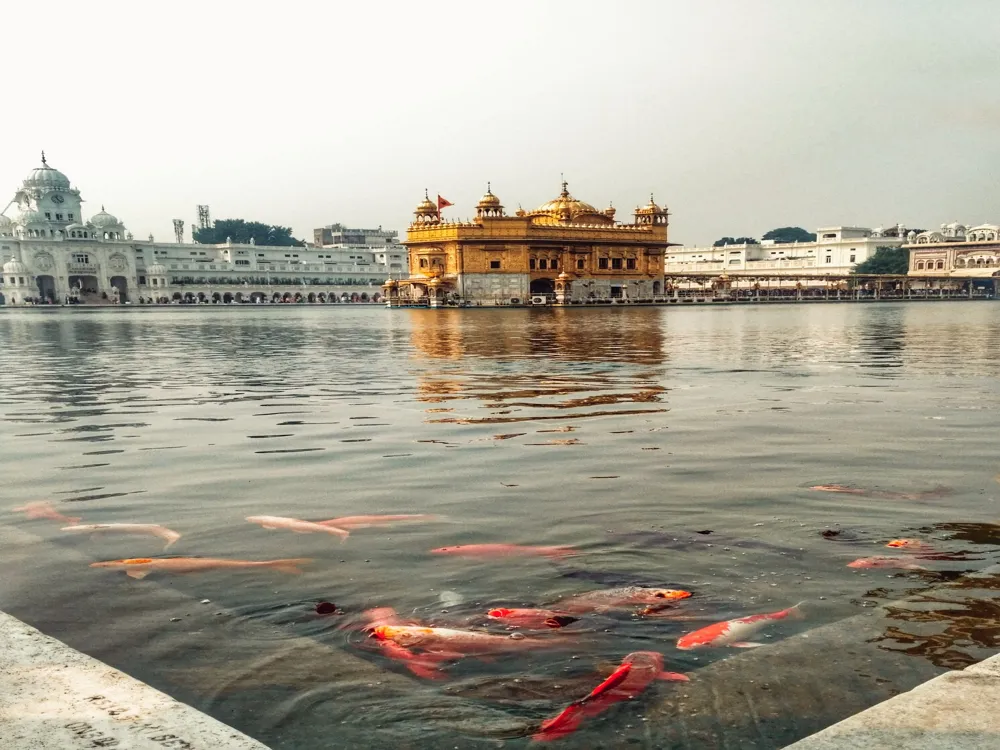Plan Your Travel To Aurangabad
Places To Visit In Aurangabad
Aurangabad Jain Temple
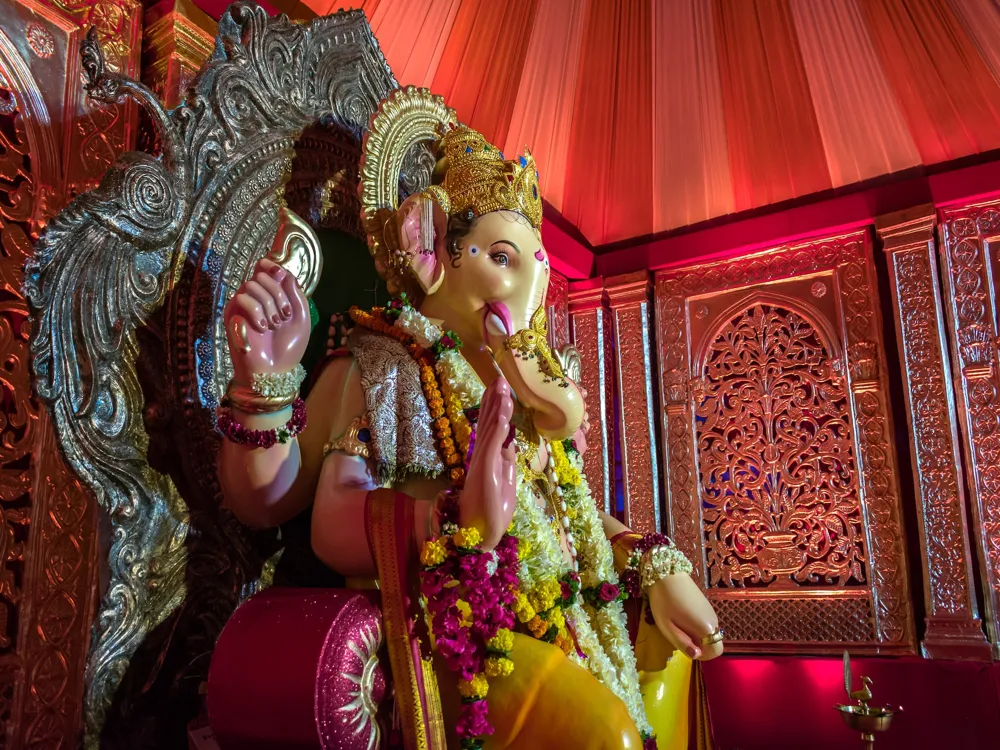
Located around 27km from Aurangabad in the Kachner Village is the Aurangabad Jain Temple, dedicated to the 23rd Teerthankara, Chintamani Parshwanath. Considered to be "Atishaya Kshetra" or a miraculous site, the idol at the temple is believed to possess divine powers, solving the problems of the devotees and fulfilling their desires. The stunning idol is said to be discovered from an underground basement, around 250 years ago. The Jain Temple in Aurangabad is visited by a huge number of pilgrims who walk here all the way from their village or town as a sign of reverence.
As the Kachner Jain Temple is located near the Ajanta and Ellora Caves (around 30 km), people often club the visit to both the sites. The exquisitely created Jain Temple in Aurangabad is thronged by devotees during October-November when the festival of Karthik Shukla is celebrated here with great fervour. There is a dharamshala attached to the temple providing food and accommodation facilities for the visitors who wish to stay here.
Read More
Jama Masjid Aurangabad
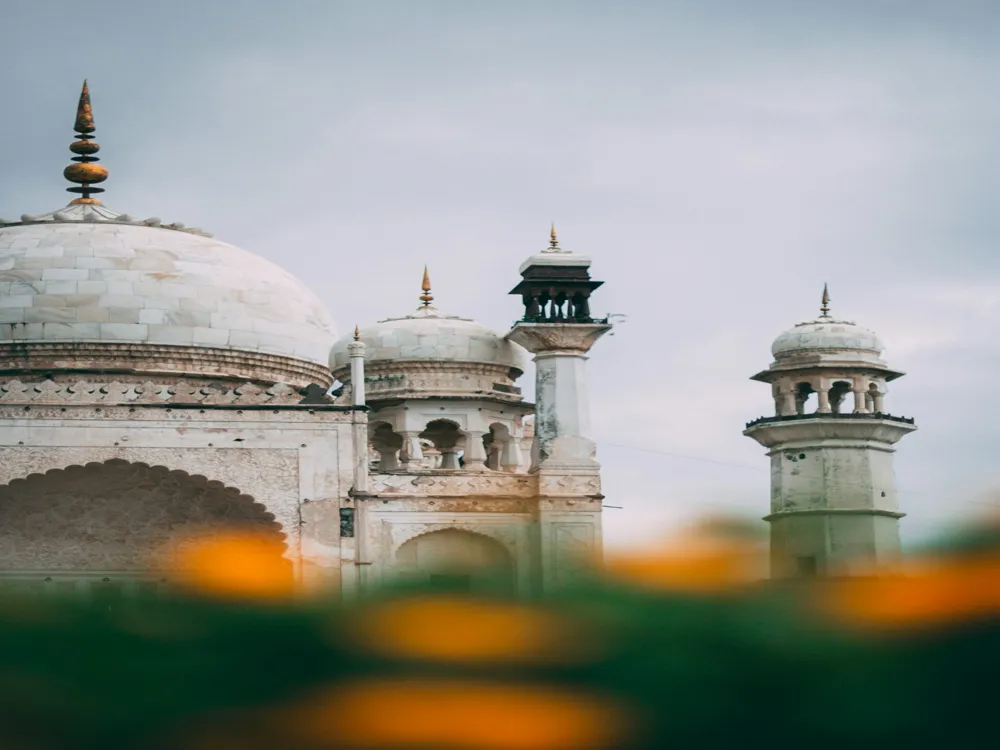
One of the oldest standing mosques of Aurangabad is the Jama Masjid located near the Killa Arrak. Known for its grand Islamic architecture, the Masjid looks magnificent in every way. This is the largest and the central mosque in Aurangabad, built in the Mughal period which has been restored to its original form by the Archaeological Survey of India.
The mosque, extended by Aurangzeb shortly after Aurangabad was founded is historically significant and a must-visit for the history and architecture buffs. Those seeking peace and tranquillity can also visit Jama Masjid and become a part of the large scale prayers taking place while admiring the beautiful white-coloured humongous structure of the masjid, the open ward and the minarets.
Read More
Jayakwadi Dam
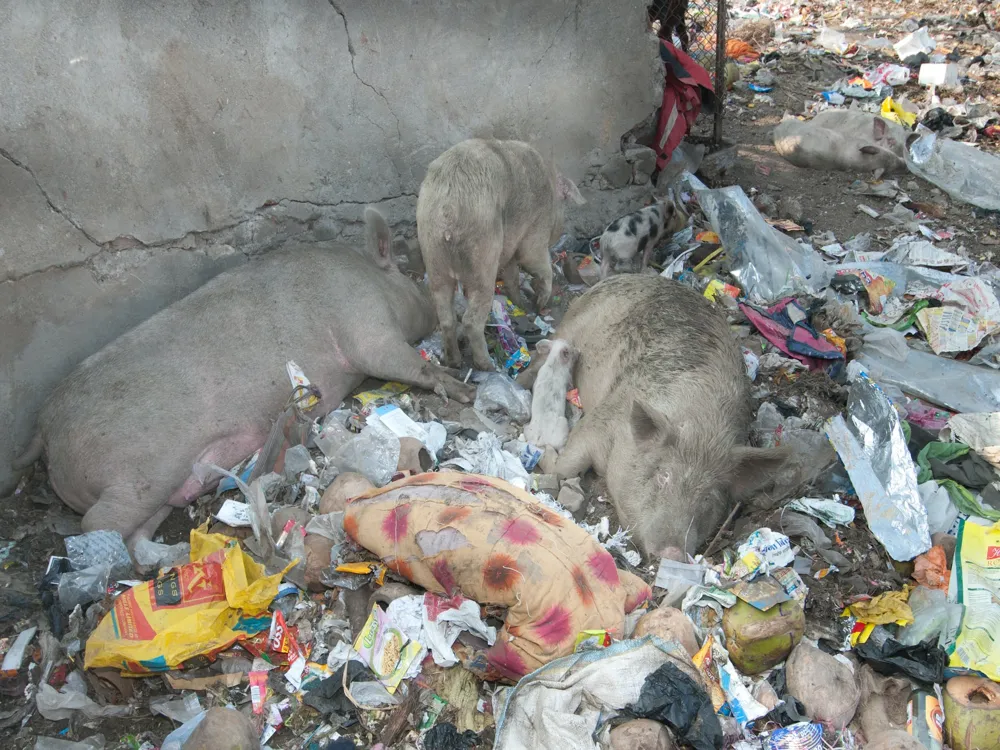
One of the largest irrigation projects in Maharashtra, Jayakwadi Dam is a multipurpose project which aims to irrigate drought-prone Marathwada Region and also to provide water for drinking and industrial usage. Built across Godavari River, its height is approximately 41.30 m and length of 9,998 metres with a total storage capacity 2,909 MCM. Jayakwadi Bird Sanctuary and Dnyaneshwar Dam in the surrounding area make the dam a perfect site to escape the chaos of city life and reminisce the serenity.
Dnyaneshwar Udyan is one of the largest gardens in Maharashtra resembling the Brindavan Gardens of Mysore. Close to it is the bird sanctuary which is the abode of many resident and migratory birds. For bird lovers and nature buffs, Jayakwadi Dam is surely heaven.
Read More
Kailasa Temple
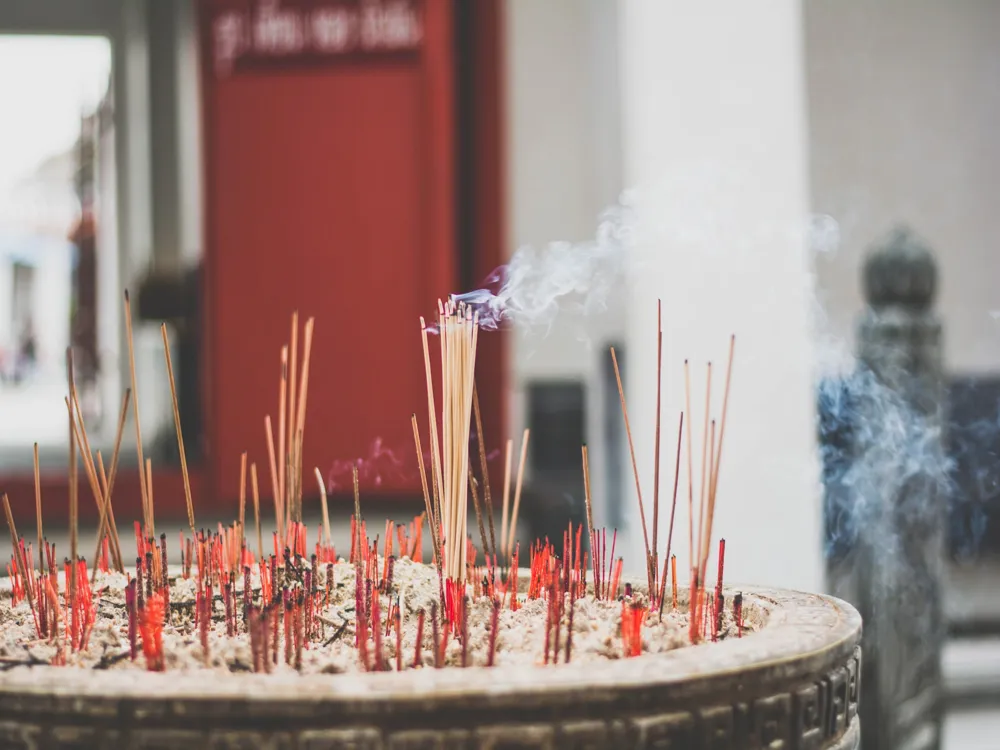
The Kailasha or Kailashanatha temple is the largest monolithic rock-cut structure in the world located in cave 16 of Ellora Caves in Aurangabad, Maharashtra. Carved out of single basalt rock from Charanandri Hills, it is one of the exceptional temples of India owing to its massive size, amazing architecture and mind-boggling carvings. With its intricate designs on panels, monolithic pillars and statues of animals and deities, Kailasa Temple is an engineering marvel perfect for history and architecture lovers.
Constructed in the 8th century under the direction of Krishna I, the temple is dedicated to Hindu deity, Lord Shiva. Associated with many legends, the temple stuns every visitor as only one rock has been carved immaculately using only traditional methods. Considered similar to Virupaksha temple of northern Karnataka, it was built in 18 years using 2,00,000 tonnes of rock.
Read More
Khuldabad
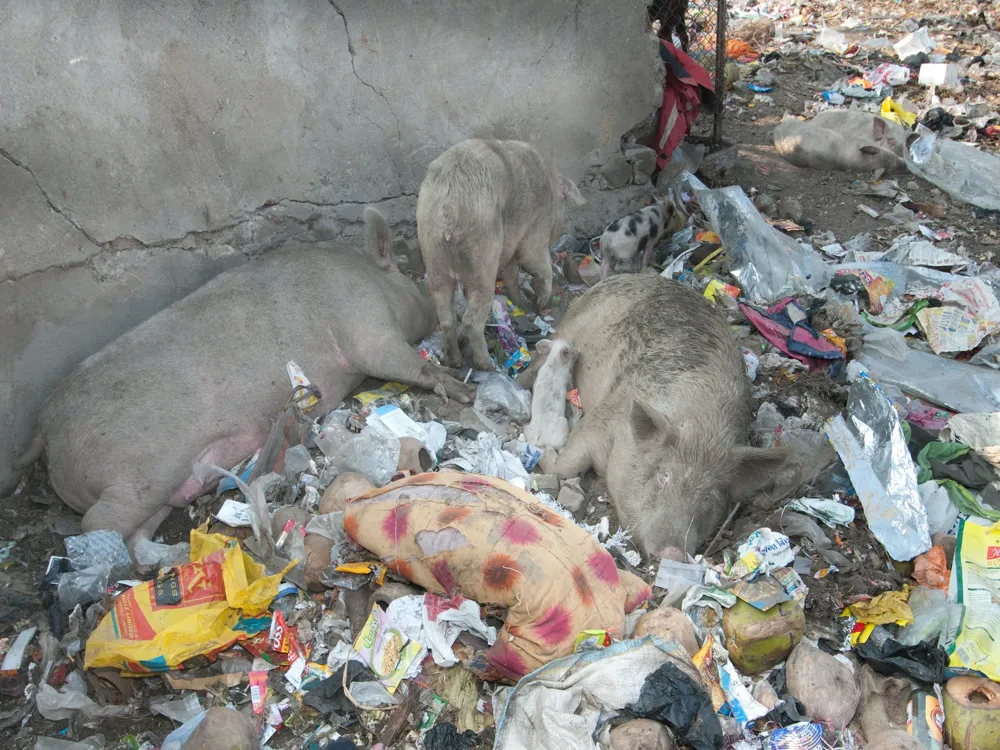
Khuldabad is a small town located around 13 km from Aurangabad and 3 km from the world heritage site of Ajanta and Ellora Caves. Formerly known as 'Rauzaa', which means the garden of paradise, Khuldabad is popular as the "Valley of Saints", because the city was resided by several Sufi saints in the 14th century. This holy city is home to several important historic monuments like Aurangzeb's Tomb, Dargah of Zar Zari Zar Baksh, Shaikh Burhan ud-din Gharib Chisti and Shaikh Zain-ud-din Shirazi. Khuldabad also houses the famous Bhadra Maruti Temple dedicated to Lord Hanuman.
Near Khuldabad is a place called "the Valley of Saints" which is believed to have the graves of 1500 Sufi saints. In the early 17th century, the city was captured by Aurangzeb who built a strong wall as a protection around the town with seven entrances inside the city Nagarkhana, Pangra, Langda, Mangalpeth, Kunbi Ali, Hamdadi and a wicket gate called Azam Shahi. The ruins of the monument from the Mughal era can still be seen here. Khuldabad is an important city owing to its religious and historic significance.
Read More
Killa Arak

An elaborate palace with 4 entrances, Killa Arak is famous for housing the throne room of the Mughal Emperor Aurangzeb. The other highlights of this palace built on Aurangzeb's orders are a Nakarkhana for the musicians, the durbar hall and Jumma Masjid. The other remains of Killa Arak are almost in ruins.
Mhaismal
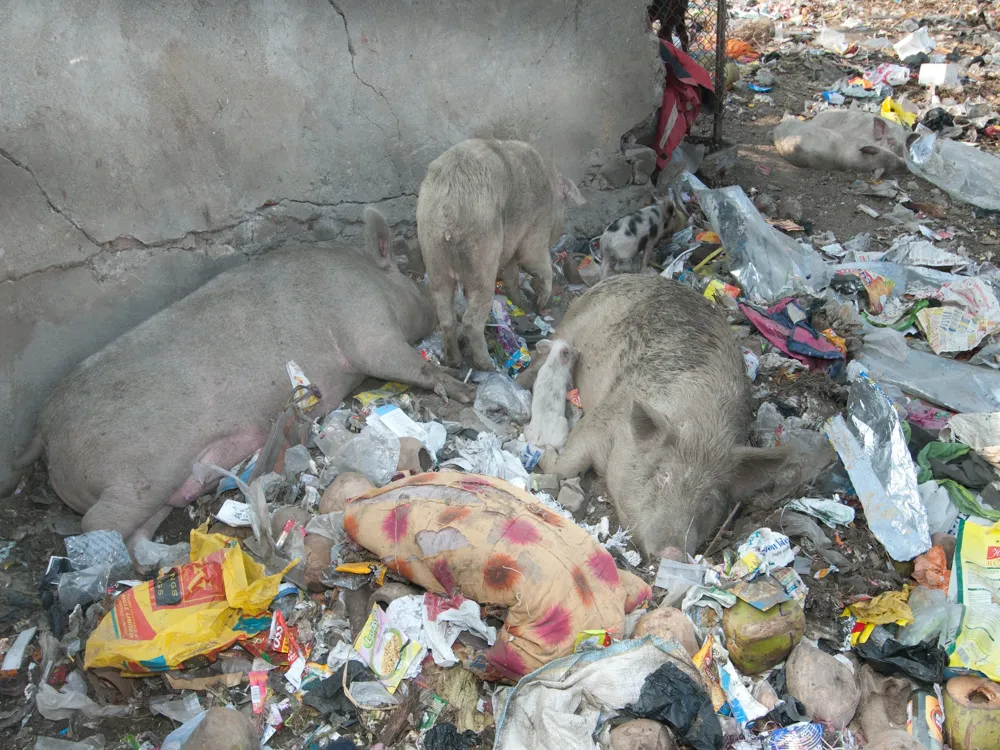
About 37 kilometres away from the city of Aurangabad in Maharashtra, Mhaismal is a beautiful, unexplored hill station tucked amidst the Sahyadri Ranges at an altitude of over 106 metres above the sea level. Also titled as the 'Mahabaleshwar of Marathwada', Mhaismal is a perfect blend of the undefiled nature and the breathtaking terrains. It s famous for its temples, gardens, valleys, caves and forts all adding to its inherent natural charm. The pristine ambience of the place is a treat for the tired urban eyes looking for a quiet weekend getaway from Mumbai, Aurangabad or Pune.
The hill station has a plateau with lush greenery, hills and forest cover which is a natural paradise that photographers and nature lovers seek. It is also famous as a Botanical Workshop for the wide variety of flora and fauna it has in store. Mhaismal, although offbeat, is slowly getting popularity because of the greenery that is it adorned with during the monsoons, the wide range of flora it has in store, the bamboo brown forests and the queer village.
Read More
Naukhanda Palace
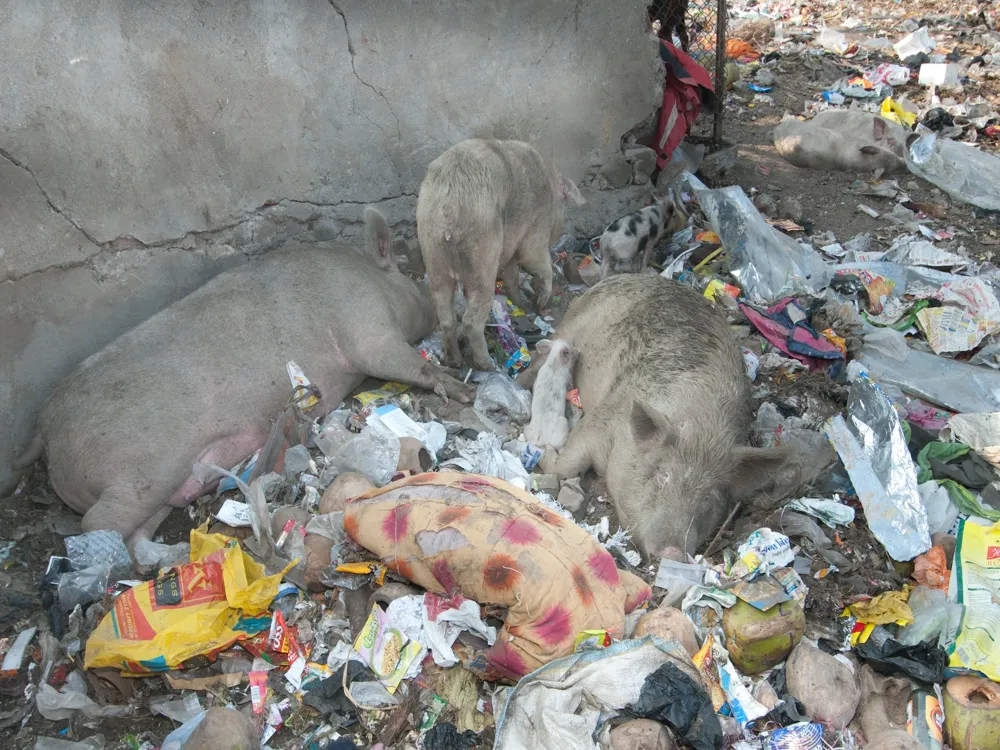
A former royal palace in Aurangabad, the Naukhanda Palace was built in 1616 by Malik Ambar and had massive gateways leading to it. The magnificent palace has nine apartments, masjid, hot baths, kacheri in addition to several other structures which were subsequently ruined and later demolished. The Naukhanda Palace now houses The Aurangabad College For Women and is often a spot where people drop by to have a quick view of the once grand edifice.
Read More
Panchakki
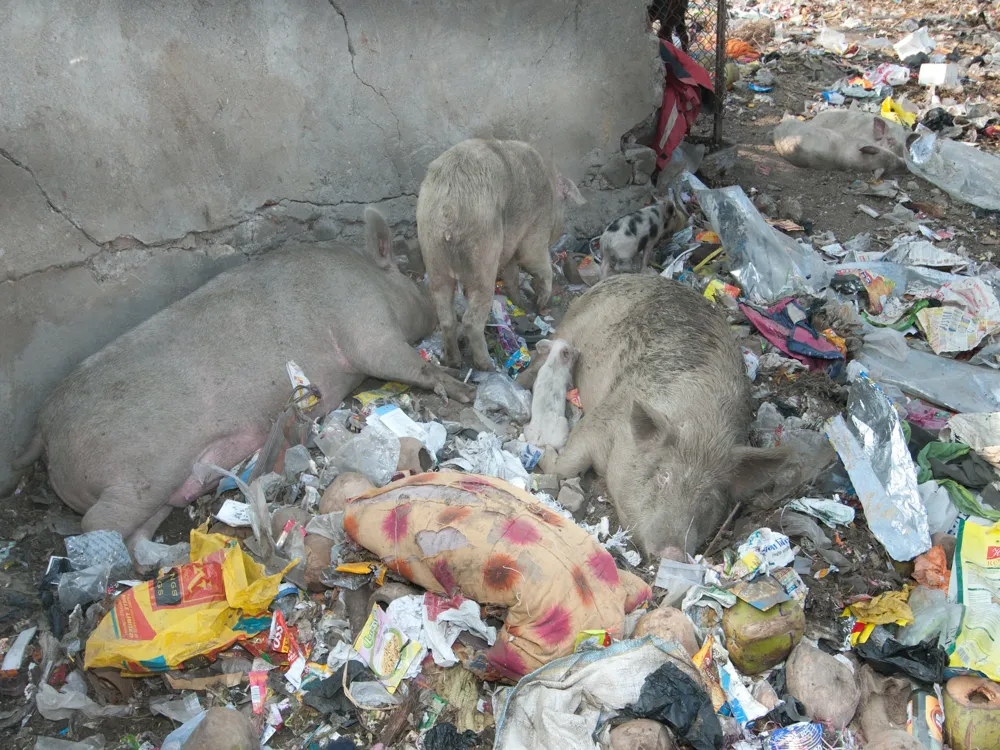
Located close to Bibi ka Maqbara in Aurangabad, Panchakki is a water mill complex consisting of a court, a madrasa, the house of a minister, a mosque, houses dedicated to females and a sarai. The mill derives it names from the grinding mill used to grind grains for the pilgrims. Surrounded in hues of blue and shades of green, Panchakki is a perfect picnic spot and a much-frequented attraction in Aurangabad.
An underground water stream 6 km away from Panchakki, which is a tributary of Harsul River is a source of steady water supply to this structure and is transported through earthen pipes. One can only imagine the pure genius and farsightedness of the construction plan of this marvel. What is noteworthy is that even though the purpose of the building Panchakki was sheer utility, the beauty of it is not compromised in the least. The calm silver waters of the reservoir act like the sky's mirror and the gentle rhythmic ripples hypnotise the onlooker. There is a huge banyan tree, almost 300 years old, which stands tall by Panchakki, only to add to its brimming magnificence.
Read More
Pitalkhora Caves
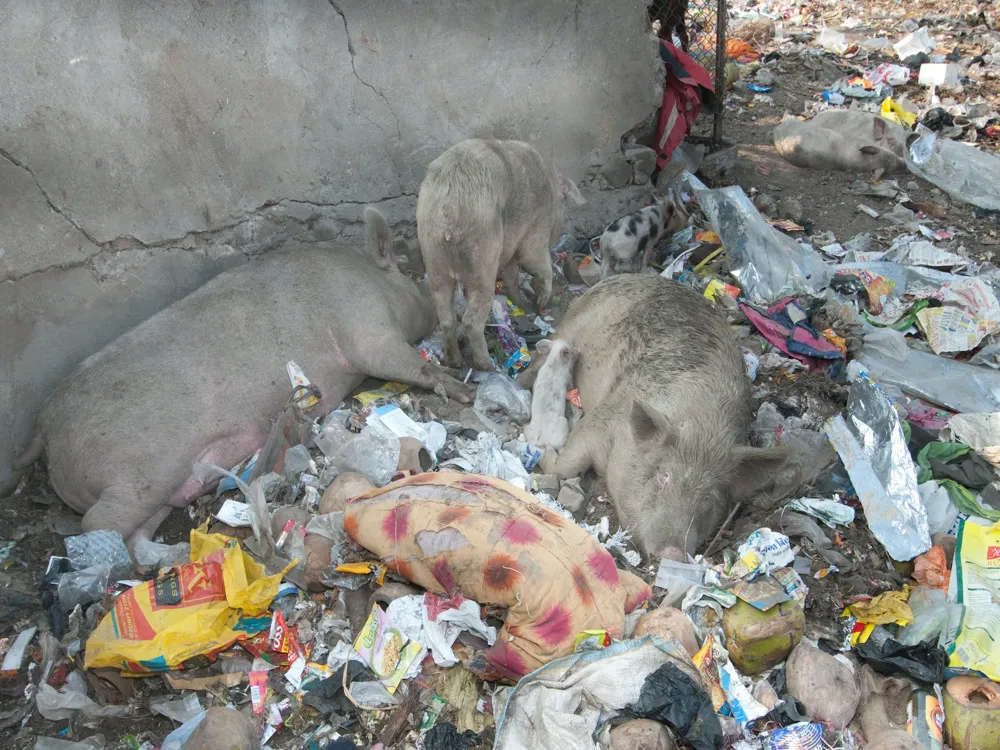
One of the earliest caves in Maharashtra, Pitalkhora Caves are located in Chandora hills, near Bharmarwadi village, Aurangabad district. This 3rd-Century rock-cut Buddhist cave complex is the largest group of monuments belonging to the Satavahana Dynasty. Also known as Brazen Glen, the caves are made up of fourteen rock-cut structures which have fine architectural styles and paintings. Out of these fourteen monuments, four are chaityas and the rest are viharas.
The Pitalkhora Caves dates back to the 1st century BC to 5th century AD. Discovered in 1853 and lesser known as compared to Ajanta and Ellora Caves, these exquisite caves boast of beautiful inscriptions of animals and statues of soldiers. They are cut in a variety of basalt rock. However, some of them are damaged due to climatic conditions. The caves are divided into Group I and Group II. Cave number 1 to 9 comes under Group I and 10 to 14 come under Group II. A flight of concrete steps has to be climbed past a beautiful waterfall which makes the sight even more fascinating. Pitalkhora Caves should be definitely in the bucket list of tourists looking for a historical expedition.
Read More
Aurangabad Travel Packages
View All Travel Packages Aurangabad
Nearby Places Aurangabad
Browse Package Collections
Browse Hotel Collections











